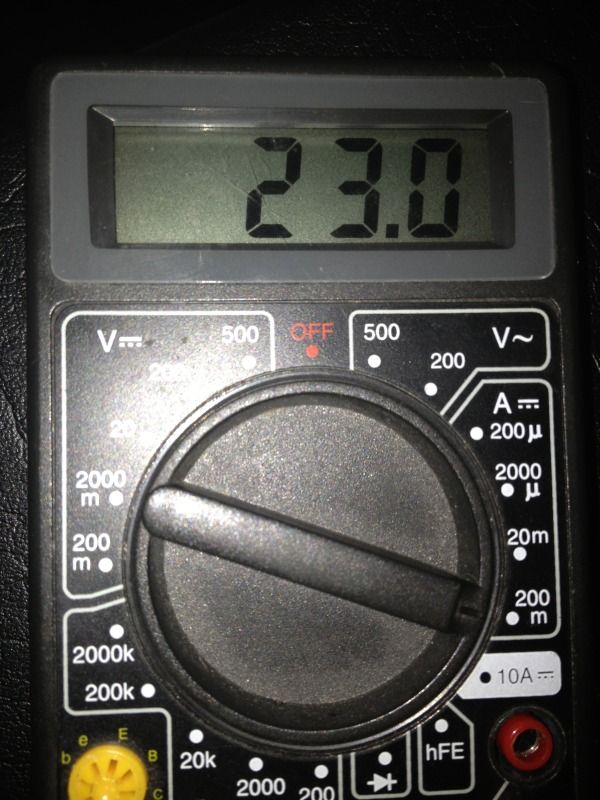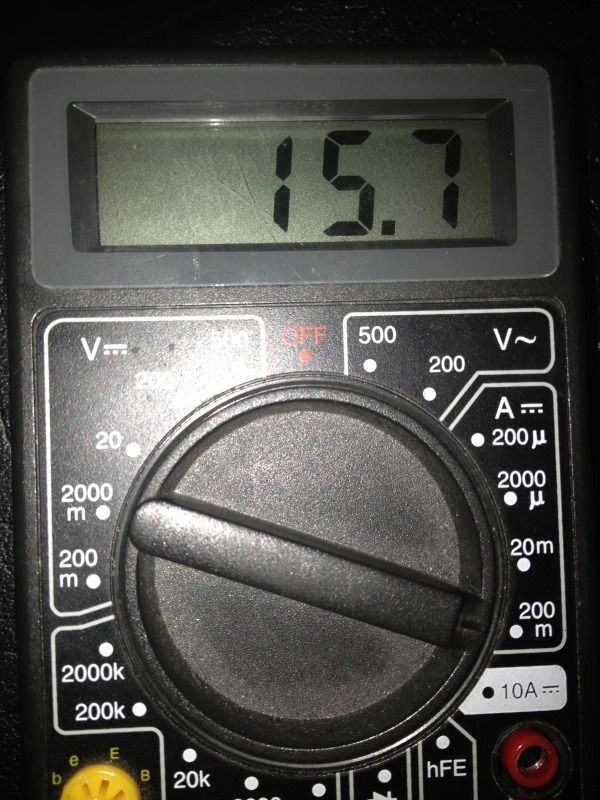So Mansfield is no longer around selling those handy little bias mod kits.
Is anyone aware of an equivalent replacement? If not I am likely going to source the resistor and pot needed myself and go for it.
I get what Boogie is after for safety and convenience, but I hate cold tubes and really want the ability to dial the bias into the sweet spot. I have been doing it on my amps for years.
Is anyone aware of an equivalent replacement? If not I am likely going to source the resistor and pot needed myself and go for it.
I get what Boogie is after for safety and convenience, but I hate cold tubes and really want the ability to dial the bias into the sweet spot. I have been doing it on my amps for years.





